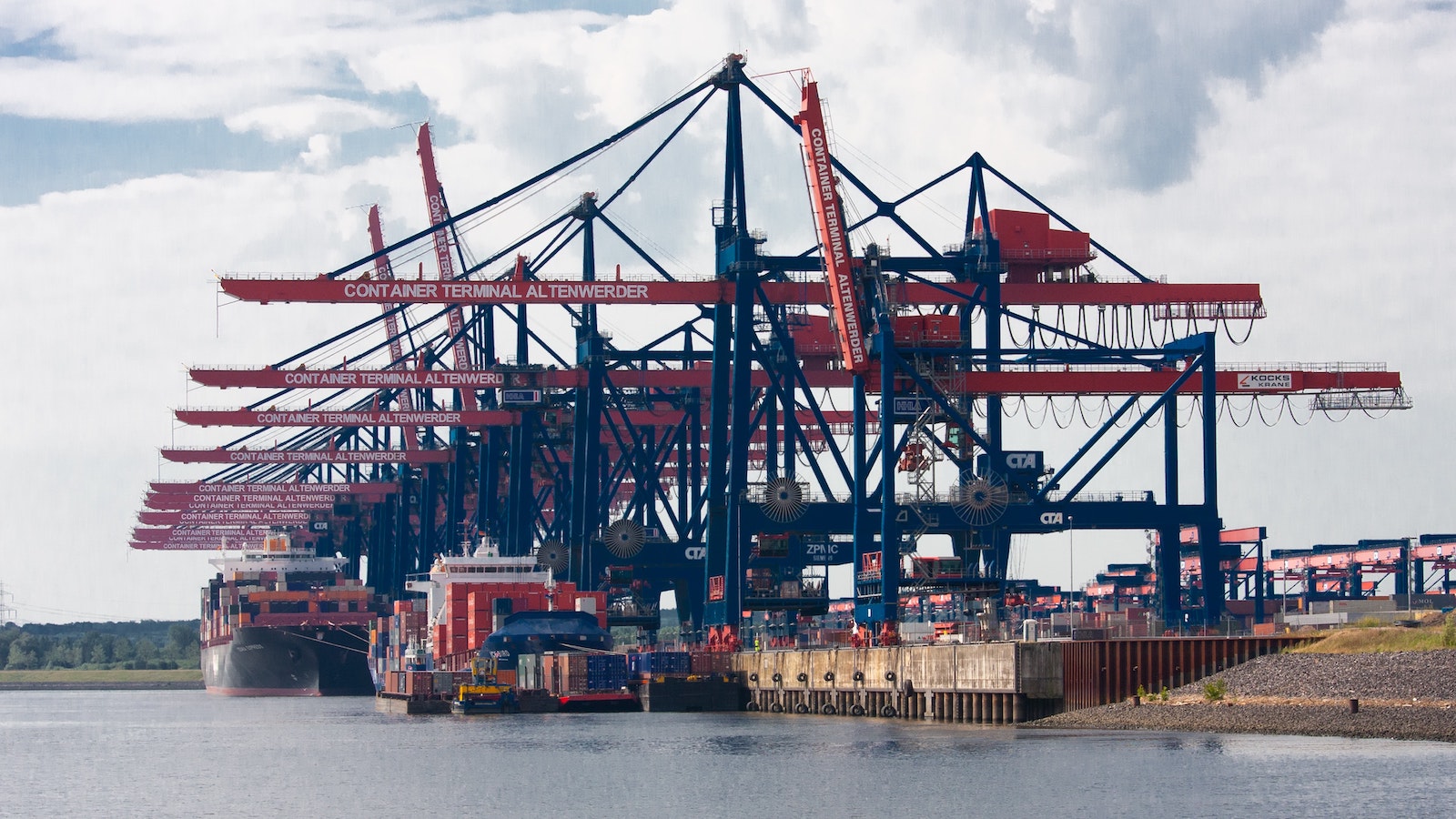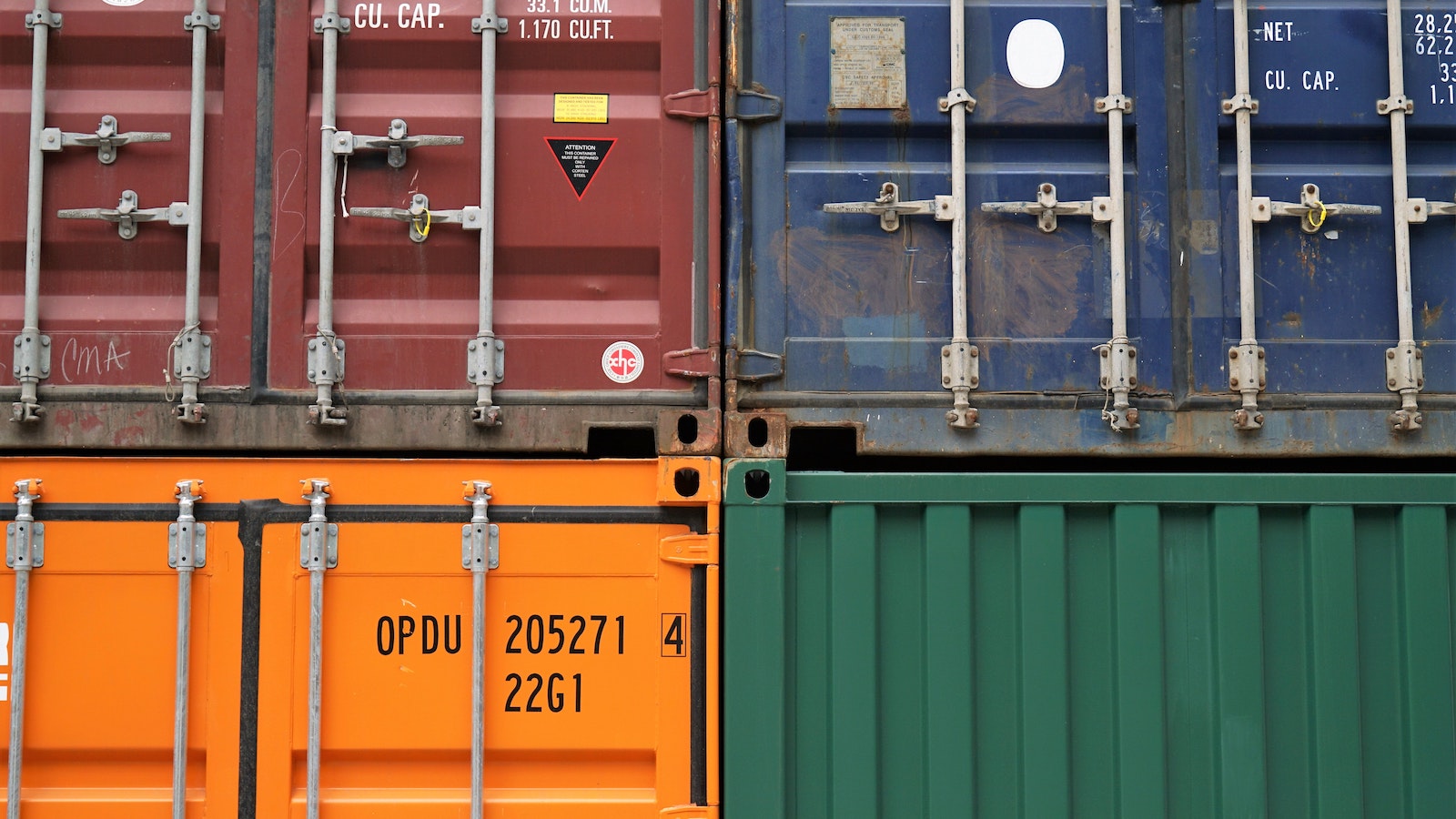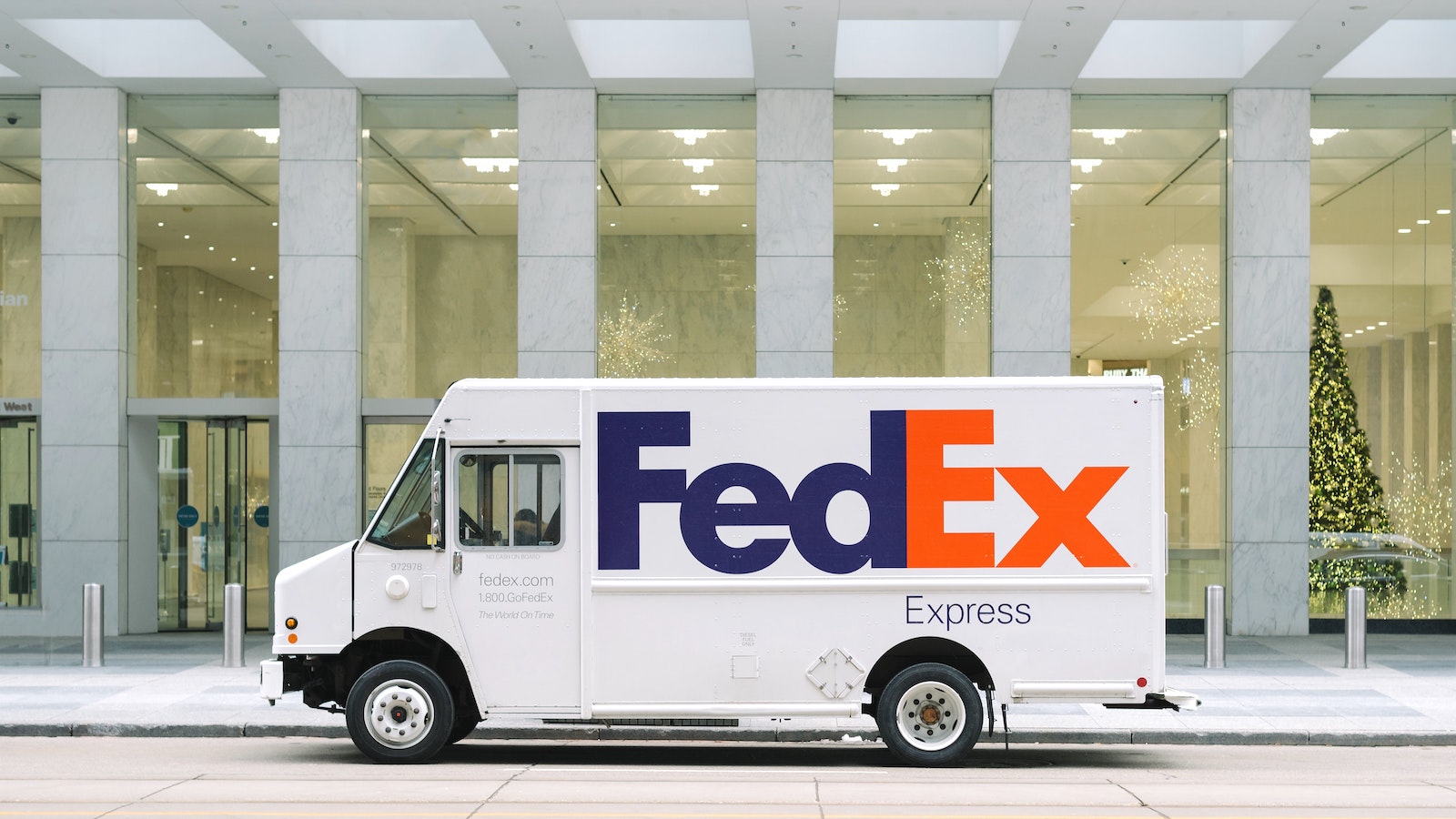Table of Contents
** Minutes
What is the difference between supplies and inventory?
Managing inventory vs. supplies
Every ecommerce operation relies heavily on supplies and inventory, but each serves a completely different function.
While it is easy to conflate the two, clearly distinguishing between them helps small businesses maintain proper records for bookkeeping and inventory tracking — two functions that are absolutely critical in larger supply chain operations, such as inventory management, demand planning, and inventory forecasting.
So by carefully recording, tracking and managing both supply and inventory, businesses can build a foundation for smoother, more efficient business operations.
In this post, we’ll dive deeper into the differences between supply and inventory, and how to manage and account for both.
What is the difference between supplies and inventory?
Supplies are the items that you use to run your daily operations. They aren’t necessarily a component of the finished products that are sold to customers, but they play an essential role in your business function.
Inventory, on the other hand, refers to the raw materials that will be transformed into finished goods, and the finished goods themselves that are sold to the end customer.
What are considered supplies?
Items that you use to support your day-to-day operations are considered supplies. The supplies you need may vary depending on the type of business you run, but almost always include common office supplies, such as:
- Paper
- Stationery
- Toner
- Boxes
- Shipping labels and barcodes
- Bubble wrap
- Packing paper
- Packaging tape
Supplies should also be distinguished from equipment. Pieces of equipment are tools used to transform raw materials into finished goods, and are usually reused over and over again, whereas supplies are used to support business operations, and are often exhaustible and have a limited lifespan after they’ve served their purpose.
For example, in a clothing reseller, price tags would be considered supplies (as they are necessary for running the business, but are only used once), and a washing machine used to prepare many clothing pieces for resale would be considered a piece of equipment.
What is considered inventory?
Items that you buy or make to sell to your customers are considered inventory. Aside from finished goods that are ready to sell, inventory may include production inventory that is ultimately incorporated into finished products, items that are still in the process of being made (or work-in-progress inventory), and finished goods.
For example, if you make and sell soaps, the finished soaps that you store in your warehouse can be considered inventory.
Additionally, the raw materials you need to manufacture the soaps — such as oil, colorants, lye, fragrance, and distilled water — can be considered inventory, as they become a part of the final product.
And even as these raw materials are being turned into finished products, the soaps remain work-in-progress inventory as they sit in the mold waiting to be cured and cut.
However, the bubble wraps, tapes, and boxes you use for shipping the soaps to your customers are considered supplies. This is because they are not a part of the finished product and do not serve as raw materials to produce the soaps.
Similarly, anything that you might use to clean and prep your finished goods to get them ready for packaging is considered supplies because they’re not a part of the final product and are “consumed” during the manufacturing process.
Your finished products are considered inventory as long as they remain unsold. Even if you’re still holding them in your warehouse, they cease to be “inventory” once customers have bought and paid for them.
“We utilize ShipBob’s Inventory API, which allows us to programmatically retrieve real-time data on how many units of each product are currently stored at ShipBob’s warehouses. We currently use this API to generate custom reports to tie this inventory data into our accounting platforms.”
Waveform Lighting Team
Managing inventory vs. supplies
Just as it’s important for businesses to distinguish between inventory and supplies, it’s equally important to manage inventory and supplies differently. Here is a breakdown of how inventory management and supply management differ.
Inventory management
Inventory management involves overseeing a company’s stocked products and ensuring that proper inventory records and accurate inventory lists are maintained.
Although inventory management activities can be performed anywhere you keep your inventory, most businesses choose to store and manage inventory in a large warehouse space using dedicated shelves and aisle.
Managing inventory is a multifaceted endeavor, consisting of multiple distinct processes. Some of these processes include:
- Receiving inventory at a warehouse
- Organizing and storing it (while maximizing space)
- Inventory control measures, such as periodic inventory audits
- Monitoring inventory levels and inventory turnover
- Inventory control
- Forecasting demand
- Calculating reorder points and ideal reorder quantities
- Replenishing inventory as need
Good inventory management helps to ensure that you maintain optimal inventory levels, and keep inventory moving through the supply chain as simply as possible. This helps streamline warehouse and fulfillment operations, and ultimately makes your business easier to run.
Supply management
Supply management is the process of managing supplies and other items that are not tracked as inventory. While supply management can be complicated in its own right, it typically deals with smaller quantities of material than inventory management, and does not directly impact customers.
Normally, you’ll have a dedicated storage room, closet, or warehouse space to store your supplies. Within these rooms or closets, most businesses use cabinets, shelves, and boxes with appropriate labels for organizing supplies.
As with inventory, you still need to keep track of how you’re using your supplies, how much you have left, and when you should replenish supply levels.
Keeping a supply inventory
It is important to keep an inventory of supplies — that is, to track and record what supplies were purchased and when — for two reasons.
First, it gives you visibility into supply levels at all times, which helps ensure that you don’t run out of important supplies at critical times.
Second, maintaining an inventory of supplies helps your company represent spending properly on its balance sheet, and recording supply purchases as they happen makes end-of-year accounting easier.
To keep an inventory of supplies, start by creating an inventory log to record all the supplies you have on hand. You can then group all the available supplies based on type and location. For example, you may want to group packing supplies in one group while printing supplies remain in another group.
Next, record how many units you currently have available. Based on this record, you can make appropriate plans for reordering supplies at the right time to avoid stocking out of supplies.
Don’t forget to factor in minimum order quantity and transit time (so you can plan your procurement logistics accordingly), and plan to keep some buffer inventory on hand at all times.
Accounting for supplies vs. inventory
In an accrual-based accounting system, supplies are typically treated as incurred expenses associated with operating your business. In supply accounting, unused supplies are initially recorded as assets, but are then subtracted as an expense when they are used.
Inventory accounting, on the other hand, treats pieces of inventory as assets and records how your total inventory’s value changes over time. There are several methods of calculating inventory value, including weighted average, specific identification, LIFO (last in, first out), and FIFO (first in, first out)
Regardless of which method you employ, it is critical to accurately account for all inventory, including finished goods inventory, goods in transit, pipeline inventory, and work-in-process inventory.
With all inventory included in your calculations, you are best able to correctly calculate your profit margins and cost of goods sold at the end of a particular accounting period.
What does ShipBob do?
ShipBob is a leading 3PL provider that lets you outsource your entire ecommerce fulfillment process. Once you send your inventory to one (or more!) of our fulfillment centers, ShipBob handles inventory positioning, SKU organization, warehousing, order picking, packing, and shipping for you.
ShipBob’s dashboard technology also lets you simplify multiple aspects of your inventory management. Our proprietary inventory management system comes with advanced features that give you better inventory visibility across stock levels at different warehouses from a single platform.
With real-time inventory tracking and reporting, you can accurately optimize your inventory management process for productivity and profitability.
Our software lets you track inventory at the SKU level, so you can identify fast-selling and slow-moving SKUs, and time replenishment perfectly to avoid overstocking and high holding costs as well as costly stockouts and backorders.
From your ShipBob dashboard, you can use analytics tools to track historical data across your distribution network to help you forecast demand, prepare for busy seasons, and respond to trends.
If you want to expand your business’s reach and lower your average cost of shipping, you can use ShipBob’s ideal inventory distribution tool to calculate which locations are more strategic to use based on common order destinations, and how much inventory to store at each.
With the right combination of expertise, optimization, and technology, ShipBob can help your business excel by streamlining your business operations — both large and small.
“Having ShipBob’s dashboard is so helpful, especially when you can look on there and see how many have been sold today and how many you can sell. It’s really helpful to know that it’s a trustworthy inventory source! It’s really handy, and I love that it just automatically implements new changes.”
Nakisah Williams, founder of Craft Club Co.
Supply and inventory FAQs
Here are answers to the most common questions about supply and inventory.
What are the four types of inventory?
The four types of inventory are raw materials or components, work-in-progress inventory, finished goods, and maintenance, repair, and operations (MRO) inventory.
How do you keep an inventory of supplies?
You can keep an inventory of supplies by maintaining an inventory log, performing an initial item count, and logging new supply purchases as they’re made, so you can accurately record supply levels for each item.
Are supplies considered inventory?
No. Supplies are the items used to run the daily operations of a business (such as paper, labels, or boxes), whereas inventory items are the end products that you will eventually sell to your customers.
Does ShipBob track and manage inventory?
ShipBob tracks inventory in real-time, and provides tools to help you manage your inventory, including reorder point notification automation and ideal inventory distribution metrics.
What supplies does ShipBob offer customers?
ShipBob offers standard packaging materials like boxes, bubble mailers, poly mailers, poster tubes, and book folds. These supplies are non-branded and completely free for merchants.



